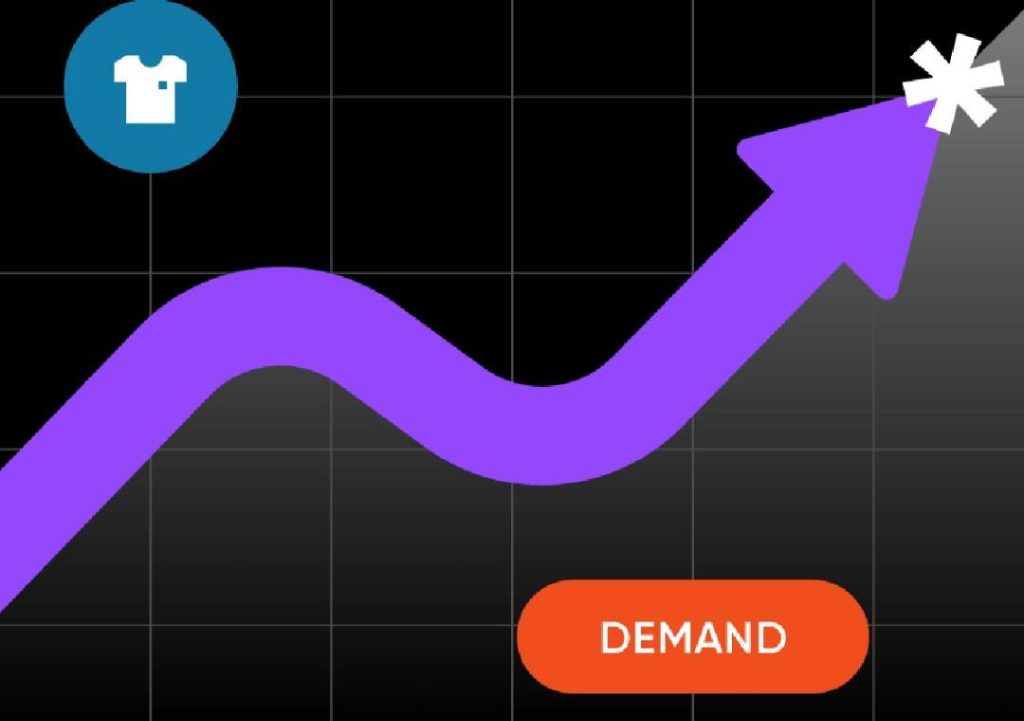
How can clothing brands scale efficiently?
Scaling a clothing brand is a complex and challenging process that requires more than just increasing inventory levels. To achieve efficient scaling, clothing brands must adopt a holistic approach that encompasses demand forecasting, omni-channel presence, and data-led merchandising. By connecting design decisions with analytics, brands can ensure that their scaling efforts are driven by data, rather than intuition or guesswork. In this blog post, we will explore the key strategies that clothing brands can use to scale efficiently, from dynamic pricing to influencer-driven campaigns.
One of the most critical components of scaling a clothing brand is demand forecasting. This involves using data and analytics to predict future demand for specific products, allowing brands to adjust their inventory levels and production schedules accordingly. By leveraging historical sales data, seasonal trends, and external factors such as weather and economic conditions, brands can create accurate forecasts that inform their scaling decisions. For example, a brand that uses demand forecasting to predict a surge in demand for winter coats can adjust its production schedule to ensure that it has sufficient stock to meet customer demand.
Another key aspect of scaling a clothing brand is omni-channel presence. This involves creating a seamless shopping experience across multiple channels, including online, offline, and mobile. By integrating their e-commerce platform with their physical stores and social media channels, brands can provide customers with a consistent and cohesive brand experience, regardless of how they choose to interact with the brand. For instance, a brand that offers online ordering with in-store pickup can provide customers with the convenience of online shopping, while also driving foot traffic to its physical stores.
Data-led merchandising is also essential for scaling a clothing brand. This involves using data and analytics to inform merchandising decisions, such as which products to stock, how to price them, and how to promote them. By analyzing sales data, customer behavior, and market trends, brands can identify opportunities to optimize their merchandising strategy and drive sales growth. For example, a brand that uses data-led merchandising to identify a high-demand product can adjust its pricing strategy to maximize revenue, while also ensuring that it has sufficient stock to meet customer demand.
Dynamic pricing is another key strategy that clothing brands can use to scale efficiently. This involves adjusting prices in real-time based on changes in demand, competition, and other market factors. By leveraging data and analytics, brands can identify opportunities to optimize their pricing strategy and drive revenue growth. For instance, a brand that uses dynamic pricing to adjust its prices during peak demand periods can maximize its revenue, while also ensuring that it remains competitive with other brands.
Influencer-driven campaigns are also an effective way for clothing brands to scale efficiently. By partnering with social media influencers who have a large and engaged following, brands can reach new customers and drive sales growth. For example, a brand that partners with a popular fashion influencer can tap into their audience and promote its products to a wider audience. By leveraging the influencer’s credibility and reach, the brand can build brand awareness and drive sales growth.
Automation and supply agility are also critical components of scaling a clothing brand. By leveraging automation technologies such as artificial intelligence and robotics, brands can streamline their supply chain and reduce costs. For instance, a brand that uses automation to optimize its inventory management can reduce waste and minimize stockouts, while also improving its overall efficiency. Similarly, by leveraging supply agility, brands can respond quickly to changes in demand and market trends, ensuring that they remain competitive and relevant.
Finally, sustainability is also an essential consideration for clothing brands that want to scale efficiently. The fashion industry is one of the largest polluters in the world, and consumers are increasingly demanding that brands prioritize sustainability and social responsibility. By leveraging sustainable materials, reducing waste, and promoting fair labor practices, brands can minimize their environmental impact and appeal to the growing number of consumers who prioritize sustainability.
In conclusion, scaling a clothing brand requires a holistic approach that encompasses demand forecasting, omni-channel presence, data-led merchandising, dynamic pricing, influencer-driven campaigns, automation, supply agility, and sustainability. By connecting design decisions with analytics and leveraging data and technology, brands can drive sales growth, improve efficiency, and minimize their environmental impact. Whether you’re a startup or an established brand, the key to scaling efficiently is to stay focused on the customer, prioritize sustainability, and leverage the latest technologies and trends to drive growth and success.
For more information on how to scale your clothing business, please visit: https://www.growthjockey.com/blogs/strategies-for-scaling-your-clothing-business
News Source: https://www.growthjockey.com/blogs/strategies-for-scaling-your-clothing-business






